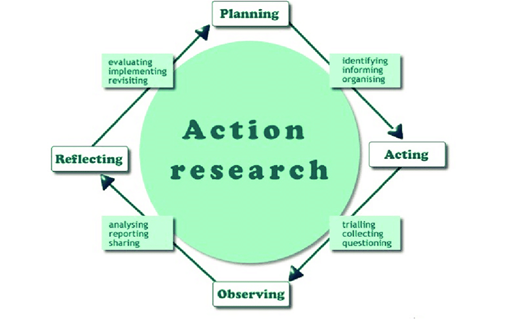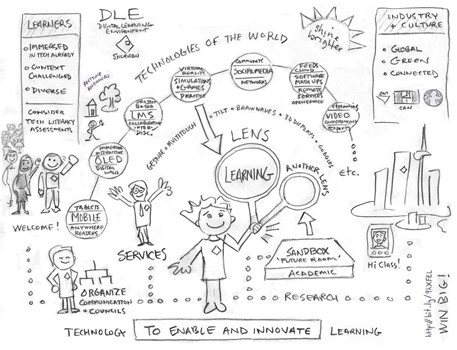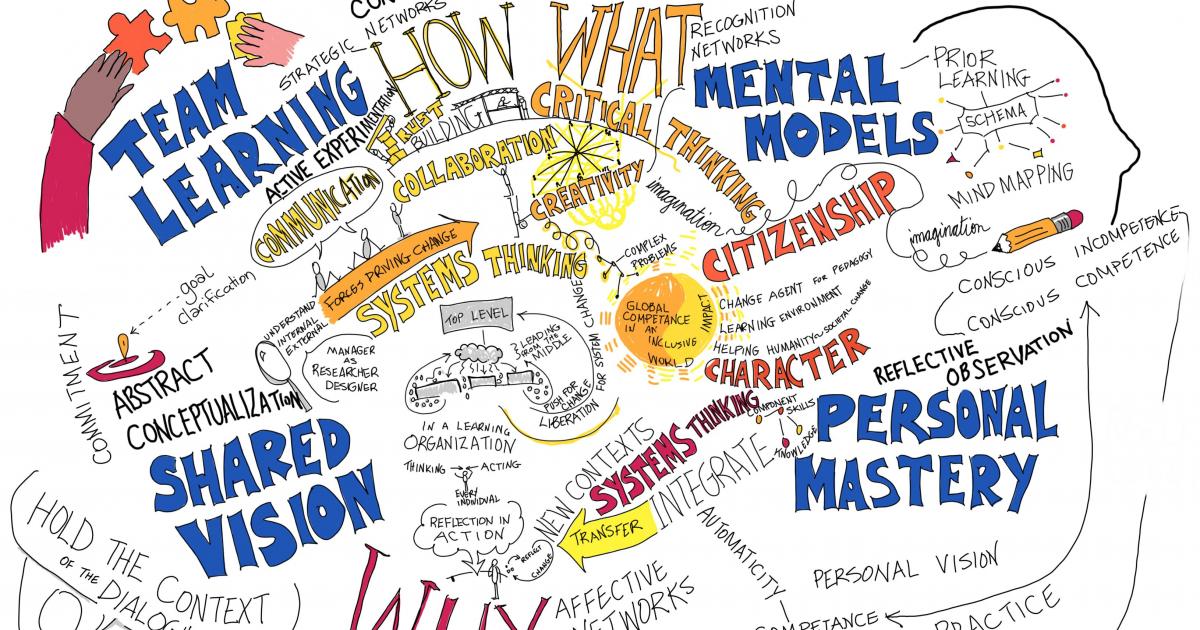How does Leading Collaboration enhance effective collaborative practice
Collaborative leadership is important in many contexts especially for integrated working in educational settings, considered a complex environment. Vaggers, head teacher of a primary school in the UK and Anderson; a professor of interprofessional education looked at creating a model for leaders of complex environments and came out with this outcome that leaders of collaboration should:
- Think Systematically
- Build and re-build relationships
- Nourish self-actualization and
- Utilize alternative approaches to problem solving.
These qualities or requirements were found to overlap with four borderline processes identified as Interaction, Integrity, Flow, and Sensitivity (Vaggers and Anderson, 2021).
Whilst schools practicing project based learning with two or more teachers co-teaching a class would obviously require collaboration on day to day basis, all teachers teaching the same subject in a school will have to learn from one another and this will be best achieved through collaboration. The lockdowns of recent times have necessitated the creation of online collaborative communities. Faraj et al (2015) rightly state that online communities are the spaces for knowledge creation and knowledge collaboration. Online communities over the years have grown to have formal structures since 2015. Faraj et al (2015) commented in 2015 that the lack of formal structures in online communities was a big disadvantage. The necessities of the post covid pandemic have resulted in the evolution of formal structures in online learning communities.
Henry Ford rightly said
Leading collaboration has become an indispensable management skill in recent years. Effective collaboration is believed to have “the potential to transform education in ways that other forms of partnership cannot” (Goulet et al. ,2003) Yet while most leaders recognize the value of collaboration, many leaders struggle with knowing how to put it into practice (Morasky 2019). Collaboration, on the other hand, is fundamentally a set of shared behaviours motivated by the shared belief that people working together produce better results than individuals working alone. These include proactive, open sharing of ideas and information, side-by-side co-creation of solutions (to ensure necessary debate and informed decision-making), and trusted feedback in an open, constructive forum. These behaviours encourage debate, analysis, evaluation, prioritisation, alignment, and, ultimately, the delivery of a shared vision (Morsaky, 2019).
Leading collaboration is all about ensuring that these behaviours take root and flourish within your team (or organisation). Surprisingly, leading collaboration does not simply entail modelling these behaviours for your team. Leading also entails creating and nurturing environments in which people feel at ease and encouraged to engage in collaborative behaviours (Morasky, 2019).
Reference
Faraj, S., Kudaravalli, S., & Wasko, M. (2015). Leading collaboration in online communities. MIS Quarterly, 39(2), 393-412. https://www.dhi.ac.uk/san/waysofbeing/data/communities-murphy-faraj-2015.pdf
Goulet, L., Krentz, C., Christiansen, H. (2003) Collaboration in Education: The Phenomenon and Process of Working Together. Alberta Journal of Educational Research. 49.
Morsaky, M., (2019) Five Principles for Leading Successful Collaboration. Retrieved 3 January 2022, from https://territory.co/2019/04/principles-leading-collaboration/
Vaggers, J., Anderson E.S (2021) An essential model for leaders to enable integrated working to flourish: a qualitative study examining leaders of Children’s Centers, Journal of Interprofessional Care, DOI: 10.1080/13561820.2021.1897553
Image Credit
"Educational Postcard: 'Collaborative Inquiry challenges ....'" by Ken Whytock is licensed under CC BY 2.0


 Teachers ViewPoint
Teachers ViewPoint





Please log in to post a comment.
0 Comments